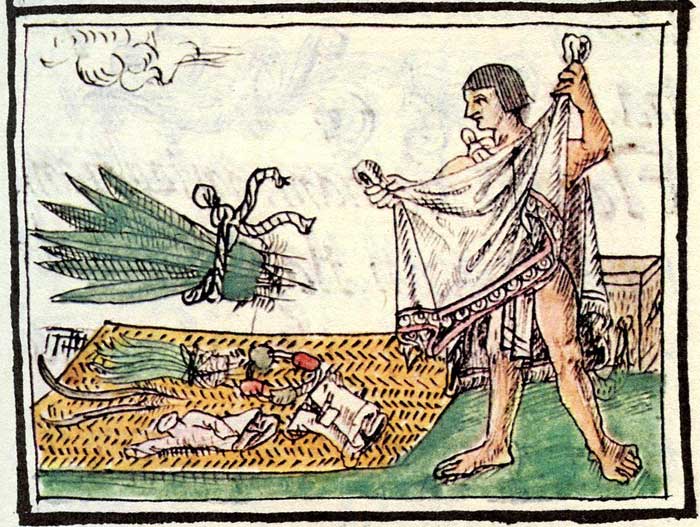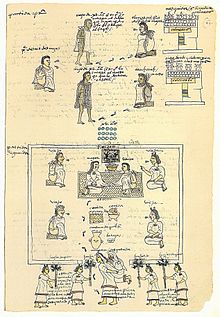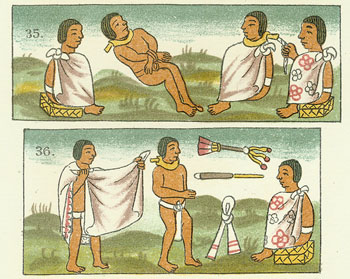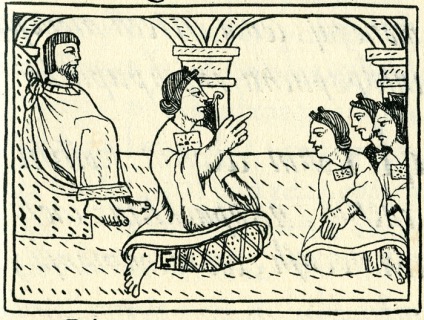The Aztec society, which flourished in ancient Mexico from the 14th to the 16th centuries, had a complex system of gender roles that was shaped by a combination of cultural, economic, and religious factors.
In Aztec society, gender roles were strictly defined and hierarchical, with men occupying positions of power and prestige and women occupying a subordinate role. Men were expected to be the breadwinners and protectors of the household, while women were responsible for managing the household and raising the children. Men were also responsible for making important decisions and participating in public life, while women were expected to be submissive and obedient to their husbands and male relatives.
However, this rigid gender binary was not absolute, and there were some exceptions and variations within Aztec society. For example, women could hold positions of influence and power within the community, such as being a healer or midwife, and they could also inherit property and manage their own businesses. In addition, there were some gender-nonconforming individuals who did not fit neatly into traditional gender roles, and they were accepted and respected within the community.
One aspect of Aztec gender roles that was particularly important was the division of labor. Men were typically engaged in activities such as farming, hunting, and warfare, while women were responsible for tasks such as weaving, cooking, and caring for the children. This division of labor was not only a reflection of societal expectations, but it also served an economic purpose, as each gender played a vital role in the production and maintenance of goods and resources.
Religion also played a significant role in shaping Aztec gender roles. The Aztecs had a pantheon of gods and goddesses who were associated with different aspects of life, and some of these deities were specifically associated with femininity or masculinity. For example, Quetzalcoatl, the god of civilization and learning, was associated with masculinity, while Tlazolteotl, the goddess of fertility and purification, was associated with femininity. These associations were reflected in the roles and behaviors that were expected of men and women in Aztec society.
In conclusion, the Aztec society had a complex and hierarchical system of gender roles that was shaped by cultural, economic, and religious factors. While there were some exceptions and variations, men and women were expected to adhere to strict gender roles that were defined by their respective responsibilities and duties within the community.








